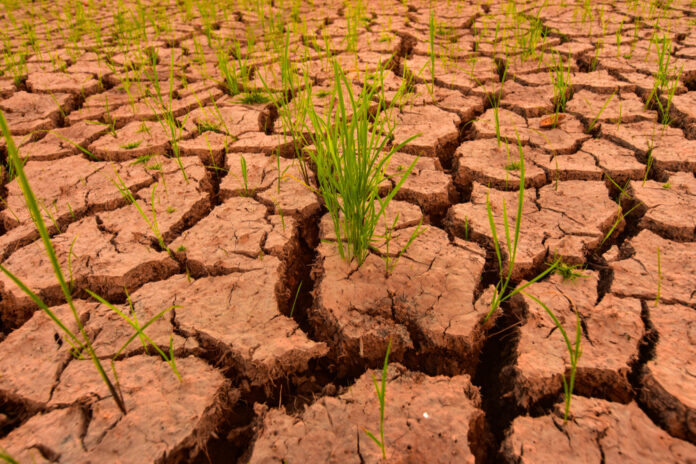The disruptive weather phenomenon El Nino is seen developing from Maya to July this year until the first three months next year, according to the Department of Science and Technology-Philippine Atmospheric, Geophysical and Astronomical Services Administration (DOST-PAGASA).
This developed at the Philippine Disaster Resilience Foundation (PDRF) which recently conducted an online briefing on El Niño with member companies and partners discussing how the private sector can prepare and mitigate the potential impacts of the annual phenomenon and ensure water security.
“El Niño increases the likelihood of below-normal rainfall conditions, which could bring negative impacts such as dry spells and droughts in some areas of the country. However, above-normal rainfall conditions during the Southwest monsoon season or Habagat may also be expected over the western part of the country,” Cervio said.
These threaten the country’s critical lifeline utilities and livelihood, particularly in water supply and agriculture. With the looming episode of El Niño this year, several measures are already being implemented by different sectors to mitigate its effects.
The government has revived the El Niño Task Force led by the Department of the Interior and Local Government (DILG) to address significant areas of concern.
According to DILG director Edgar Allan Tabell, the new task force will use protocol-based and long-term scientific processes and a whole-of-nation approach involving the private sector, non-government and civil society organizations, academe, and other stakeholders, which were absent from the previous teams’ strategies.
“This time, it’s not just the government. The government will lead, but we need the support of the entire country.”
DILG director Edgar Allan Tabell
More recently, the government also created the Water Resources Management Office (WRMO) under the Department of the Environment and Natural Resources to solve conflicts among government water agencies.
“For Metro Manila, we wanted to jumpstart a water conservation program. The issue with water supply can also be solved by water demand. If we are able to decrease water demand, then it softens the blow of not having enough supply later on,” DENR Undersecretary Carlos Primo David said.
In preparation for El Niño, David also said the private sector could support the government in fixing pipe leaks that result in water wastage and bill increases.
Manila Water head of water supply operations Rey Ann Dela Cruz and Maynilad chief operating officer Randolph Estrellado said the concession holders are upgrading the capabilities of existing treatment plants and building more plants “in anticipation of lower [water] supply due to El Niño”.
“What keeps us up at night is the additional impact of climate change. There’s still also some illegal logging in the areas surrounding the [La Mesa Dam] watershed. But because of climate change and typhoons, we’re getting more volumes of rain which tend to trigger soil erosion on the watersheds around Angat, particularly Ipo Dam,” Estrellado said.
Manila Water chief operating officer Melvin John Tan emphasized the support needed by the private sector: “The Philippines is blessed with a lot of water sources. There is enough water. But the key [here] is to develop small water resources. What we need is to finish all theinfra projects. And this is also where we need help from the government and the public to have patience.”
The PDRF encourages businesses to prepare for El Niño by managing water effectively, coordinate with the government and business partners, plan, and educate families, employees and suppliers about El Niño and its impacts.







